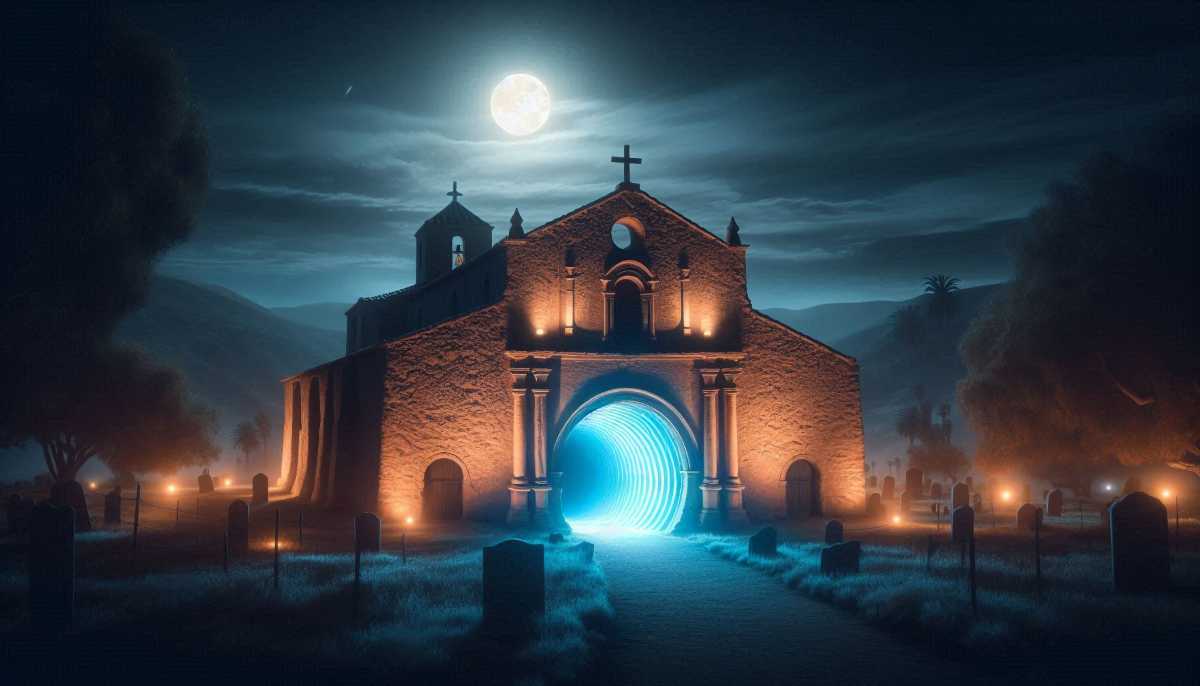The Ambitious But Rubbish Guide to Moonlit Tunnels and Franciscan Escape Routes
Imagine a magical tunnel that appears on full moons, leading to The Alamo or across the Rio Grande. It's filled with gold, but don't get greedy or you'll vanish. It's the kind of barmy tale that makes you wonder if tequila is a hallucinogen. Absurd? Yes. But bloody entertaining.

There are many tales that tickle the ears of children, captivate the imaginations of adults, and ignite the dreams of treasure hunters. Some stories are so far-fetched that you’d have an easier time believing in unicorns selling ice cream at a summer fair. Others, however, find their charm in the tiniest sliver of plausibility—a creaking door that may or may not hide behind it a mountain of truth. The San Bernardo Mission and its supposed tunnel of gold, where the laws of physics and human greed duel to see who wins the day, is precisely one of these tales.
When I was a kid—back when the most serious life decision was whether to spend an afternoon climbing trees or digging in the dirt to find dinosaur bones that were, upon later reflection, rather disappointingly revealed to be sticks—I remember my classmates talking about this tunnel. The story was more enticing than a sweetshop with all-you-can-eat gummy bears. We would sit, wide-eyed, as some self-anointed expert on ghostly apparitions and secret passageways would recount the legend. If you were lucky (or perhaps cursed, depending on how you view these things), on a night when the moon hung round and bright in the sky, a tunnel would miraculously open at the entrance to San Bernardo Mission.




